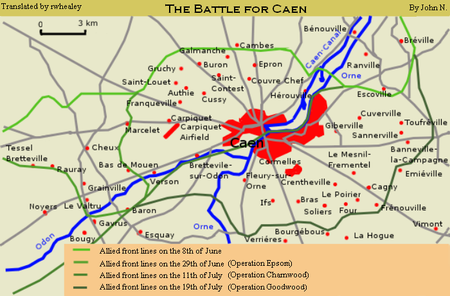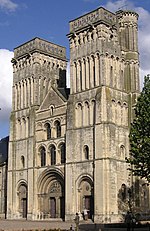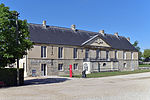Operation Atlantic
1944 in FranceBattle for CaenBattles of World War II involving CanadaJuly 1944 eventsLand battles of World War II involving the United Kingdom ... and 2 more
Military history of NormandyPortal templates with redlinked portals

Operation Atlantic (18–21 July 1944) was a Canadian offensive during the Battle of Normandy in the Second World War. The offensive, launched in conjunction with Operation Goodwood by the Second Army, was part of operations to seize the French city of Caen and vicinity from German forces. It was initially successful, with gains made on the flanks of the Orne River near Saint-André-sur-Orne but an attack by the 4th and 6th Canadian Infantry Brigades of the 2nd Canadian Infantry Division, against strongly defended German positions on Verrières Ridge to the south was a costly failure.
Excerpt from the Wikipedia article Operation Atlantic (License: CC BY-SA 3.0, Authors, Images).Operation Atlantic
Rue Demolombe, Caen
Geographical coordinates (GPS) Address Nearby Places Show on map
Geographical coordinates (GPS)
| Latitude | Longitude |
|---|---|
| N 49.183333333333 ° | E -0.36666666666667 ° |
Address
Aquabulle
Rue Demolombe
14000 Caen
Normandy, France
Open on Google Maps










